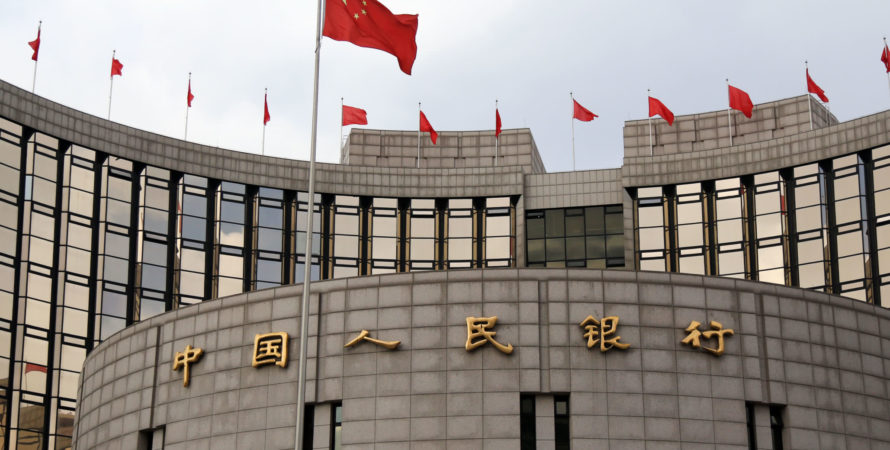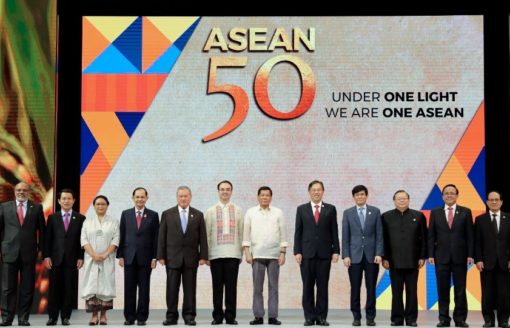In an attempt to shore up the renminbi, the People’s Bank of China re-introduced the counter-cyclical factor in August 2018 in determining the daily exchange rates of the country’s currency, as reaching an agreement to resolve the tensions with the U.S. over trade is not in sight in the near term. Renminbi fell from around 6.5 per dollar in early January 2018 to about 6.8 on August 24, 2018, representing a decline of more than 4% in the period.
Counter-cyclical factor, firstly introduced in May 2017 and then abolished in January 2018, is a mechanism with which the People’s Bank of China will apply an adjustment to the exchange rate of renminbi on a daily basis solely on the central bank’s discretion. The magnitude of the adjustment is based on the central bank’s assessment on the supply and demand conditions prevailing in the foreign exchange markets, risk appetite and overall developments around the globe. The ultimate goal is to lend some support to the renminbi.
Renminbi strengthened against the dollar after the announcement, resulting in the first weekly gain since early June. However the rebound was short-lived, as the trade talks between the U.S. and China in Washington failed to make any progress.





Southeast Asia Seen as Best Investment Destination, Poll Reveals